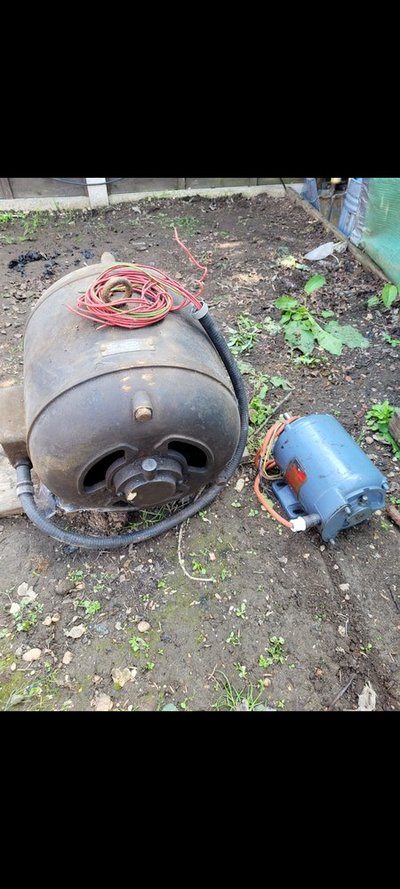GraemeVW
Member
- Messages
- 1,699
- Location
- Chesterfield
What is the lathe?
The gears or feedscrew will be the weakest link.
You won't break pulleys, belts or spindles, but you will damage gears and feed screws if you start taking cuts that the motor can handle but the components in between cannot.
I'd say you'd be safe with 1.5hp.
Three phase for sure, bin the single phase. That is a revelation in itself going from single to three.
It's one of these.
Apart from the benefits the vfd brings, own it just the smoothness that's the main advantage of 3ph?



